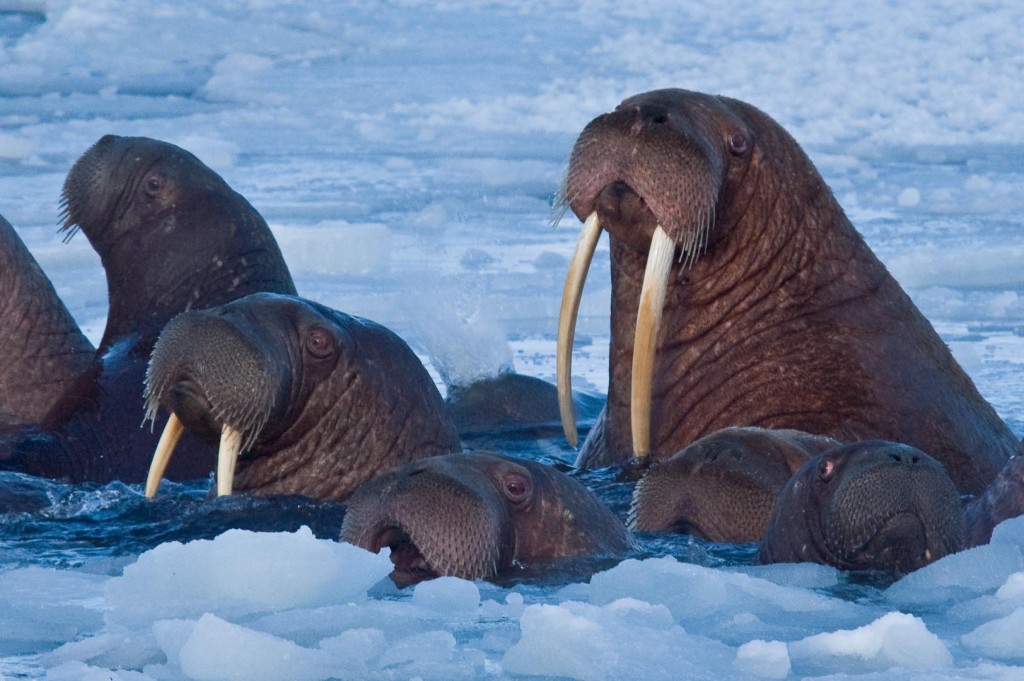The Arctic Marine Biodiversity Observing Network (AMBON) is a demonstration project of a national network to monitor biodiversity in the Arctic from microbes to whales.
 Marine biodiversity is a key component of ocean health. Monitoring and understanding marine biodiversity is essential for our ability to forecast and respond to changes. The goal of the new Arctic Marine Biodiversity Observing Network (AMBON) project is to demonstrate and build an operational marine biodiversity observing network from microbes to whales, integrating diversity levels from genetic to organismal. AMBON field region is located on the Chukchi Sea continental shelf in the US Arctic as a region exposed to climatic changes and anthropogenic influences. AMBON has four main goals:
Marine biodiversity is a key component of ocean health. Monitoring and understanding marine biodiversity is essential for our ability to forecast and respond to changes. The goal of the new Arctic Marine Biodiversity Observing Network (AMBON) project is to demonstrate and build an operational marine biodiversity observing network from microbes to whales, integrating diversity levels from genetic to organismal. AMBON field region is located on the Chukchi Sea continental shelf in the US Arctic as a region exposed to climatic changes and anthropogenic influences. AMBON has four main goals:
- To close current gaps in taxonomic and spatial coverage in biodiversity observations on the Chukchi shelf.
- To integrate and synthesize past and ongoing research programs on the US Arctic shelf into an Arctic biodiversity observation network with publicly accessible data.
- To demonstrate how a sustainable observing network could be developed for this and other regions and ecosystems.
- To link with international programs on the pan-Arctic to global level.
AMBON aims to develop a sustainable model of continuous biodiversity observation including all levels of diversity from genetic to organismal to ecosystem. The AMBON will also continue recent efforts to extend much-needed time series. These time series are essential for detecting any trends in the Arctic ecosystem because of the extremely high seasonal and interannual variability and because climate changes in this system are accelerated compared to elsewhere in the nation. Only long-term datasets can provide the basis to distinguish the “noise” of natural variability and regular cycles from the directional change driven by climate changes or other stressors.
